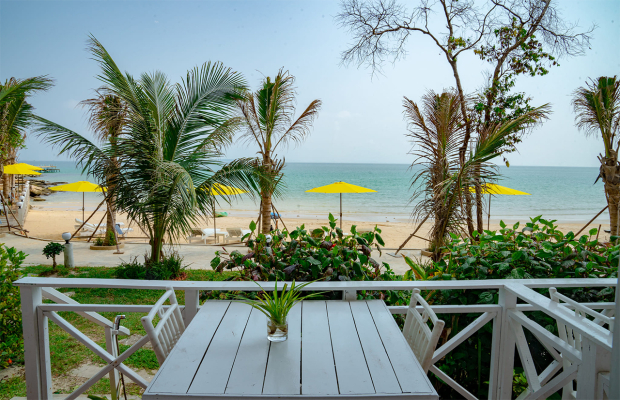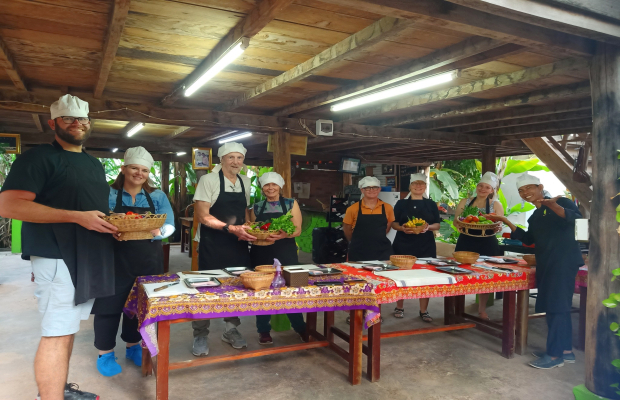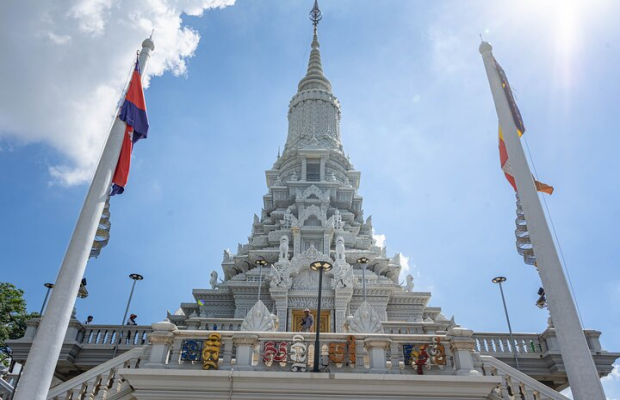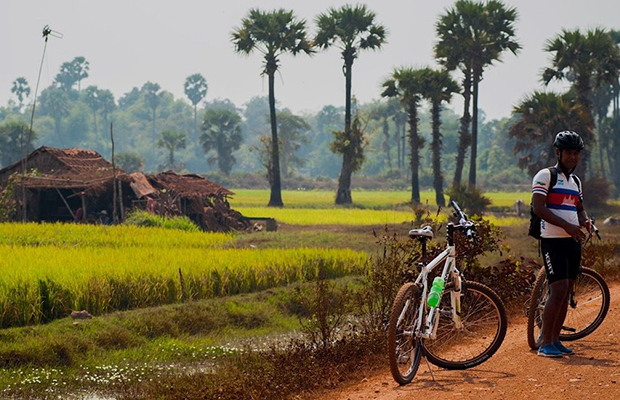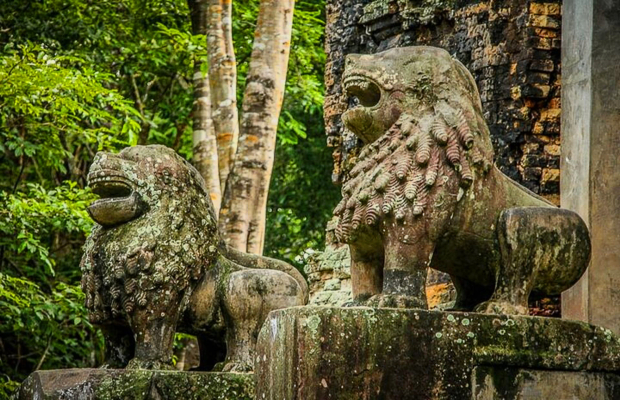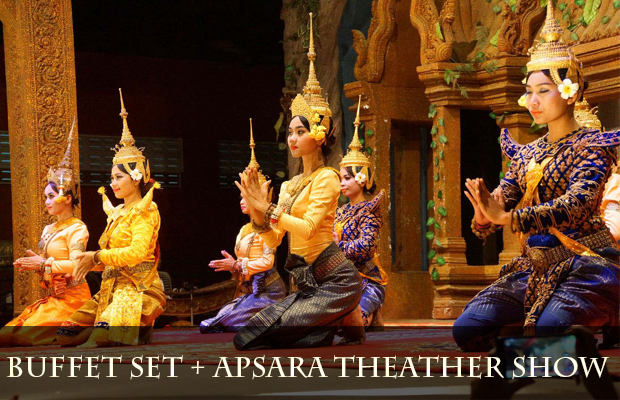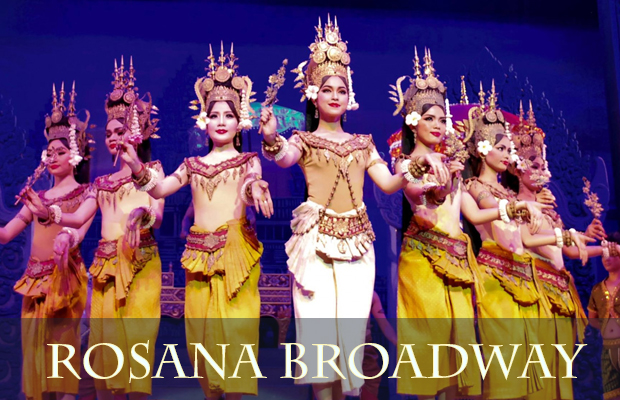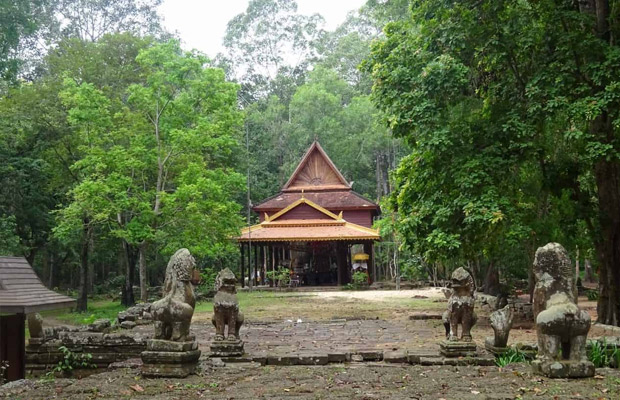Cambodia Temple Guide
Angkor Thom Temple
Angkor Thom Temple located in present day Cambodia, was the last and most enduring capital city of the Khmer empire. It was established in the late twelfth century by king Jayavarman VII. It covers an area of 9 km², within which are located several monuments from earlier eras as well as those established by Jayavarman and his successors. At the centre of the city is Jayavarman's state temple, the Bayon, with the other major sites clustered around the Victory Square immediately to the north.
Angkor Thom was established as the capital of Jayavarman VII's empire, and was the centre of his massive building programme. One inscription found in the city refers to Jayavarman as the groom and the city as his bride. (Higham, 121)
Angkor Thom seems not to be the first Khmer capital on the site, however. Yasodharapura, dating from three centuries earlier, was centred slightly further northwest, and Angkor Thom overlapped parts of it. The most notable earlier temples within the city are the former state temple of Baphuon, and Phimeanakas, which was incorporated into the Royal Palace. The Khmers did not draw any clear distinctions between Angkor Thom and Yashodharapura: even in the fourteenth century an inscription used the earlier name. (Higham 138) The name of Angkor Thom — great city — was in use from the 16th century.
Faces on Prasat Bayon
The last temple known to have been constructed in Angkor Thom was Mangalartha, which was dedicated in 1295. Thereafter the existing structures continued to be modified from time to time, but any new creations were in perishable materials and have not survived. In the following centuries Angkor Thom remained the capital of a kingdom in decline until it was abandoned some time prior to 1609, when an early western visitor wrote of an uninhabited city, "as fantastic as the Atlantis of Plato" which some thought to have been built by the Roman emperor Trajan. (Higham 140) It is believed to have sustained a population of 80,000-150,000 people.
Angkor Thom Style
Angkor Thom is in the Bayon style. This manifests itself in the large scale of the construction, in the widespread use of laterite, in the face-towers at each of the entrances to the city and in the naga-carrying giant figures which accompany each of the towers.
The Site
The city lies on the right bank of the Siem Reap River, a tributary of Tonle Sap, about a quarter of a mile from the river. The south gate of Angkor Thom is 7.2 km north of Siem Reap, and 1.7 km north of the entrance to Angkor Wat. The walls, 8 m high and flanked by a moat, are each 3 km long, enclosing an area of 9 km². The walls are of laterite buttressed by earth, with a parapet on the top. There are gates at each of the cardinal points, from which roads lead to the Bayon at the centre of the city. As the Bayon itself has no wall or moat of its own, those of the city are interpreted by archaeologists as representing the mountains and oceans surrounding the Bayon's Mount Meru. (Glaize 81). Another gate — the Victory Gate — is 500 m north of the east gate; the Victory Way runs parallel to the east road to the Victory Square and the Royal Palace north of the Bayon.
Angkor Thom in popular culture
Lara Croft: Tomb Raider features several characters visiting Angkor Thom during their trip to Cambodia to recover the first piece of the Triangle of Light. In The Judas Strain (A novel by James Rollins): The characters are on a journey to find a cure for a plague, and are following in the steps of Marco Polo. In The Golden Pagans (A novel by Peter Bourne c.1956): The main characters are sent to Arabia during the crusades, captured and forced into servitude by the Khmers. They build a portion of what becomes known as Angkor Thom. In Patlabor the Movie 2, the opening scene appears to be based on the Angkor Thom, as said by Hayao Miyazaki in an interview with Animage magazine on October 1993. In Civilization IV: Beyond the Sword, Angkor Thom is the third city to build in Khmer Empire after Yasodharapura and Hariharalaya. In Eternal Darkness: Sanity's Requiem, Angkor Thom is the region where a Cambodian temple is located, housing the Ancient Mantorok.
.jpg)
.jpg)
.jpg)
.jpg)



